Swiss experts recalculate global glacier volume
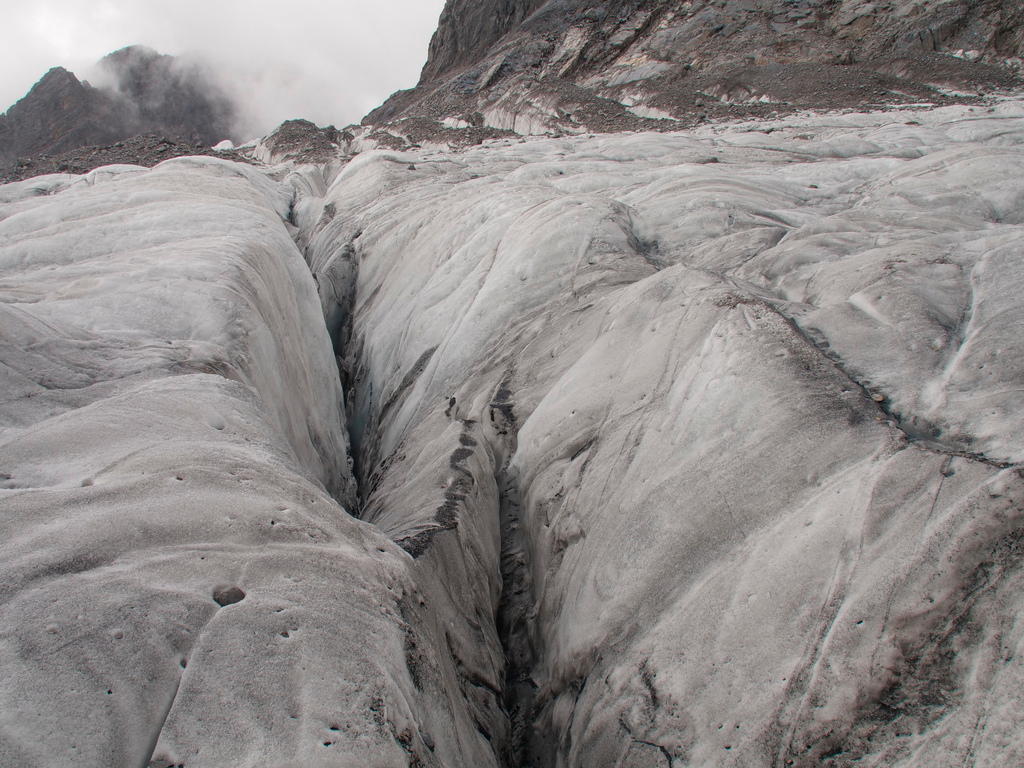
An international team including Swiss researchers has produced a new estimate of the ice volume of all glaciers on Earth, with the exception of Greenland and Antarctic ice caps. They found that the ice reserves of the High Asian Mountains have been overestimated and are likely to shrink much faster than anticipated.
“This study is exceptional because, for the first time, research groups from several universities have determined the thickness of all the world’s glaciers using different calculation models,” says Matthias Huss of the Department of Geosciences at the University of Fribourg.
To anticipate the evolution of glaciers and the freshwater reserves that depend on them, not to mention sea level, researchers need recent data on the current global ice volume.
Under the leadership of the The Swiss Federal Institute for Forest, Snow and Landscape Research (WSL) and ETH Zurich, an international team of glaciologists combined five models to provide a new estimate of the distribution of ice thickness and, on that basis, the ice volume of some 215,000 glaciers around the world.
They found that around 158,000 cubic kilometres of ice are home to the world’s glaciers – with the exception of the ice sheets of Greenland and Antarctica. This recalculated value of the global glacier ice volume is significantly lower than estimates made a few years ago, according to ETH Zurich.
About a quarter less ice
Alaska, which at 75,000 cubic kilometres boasts the the largest volume of ice outside the Arctic, accounts for almost half of the world’s glacial ice.
According to the new calculations, however, the glaciers of the Asian High Mountains – which includes the Tibetan Plateau and the mountains of Central Asia – contain 27% less ice than previously assumed, about 7,000 cubic kilometres.
The main reason for this discrepancy is that the calculations are based on more detailed satellite data. Thanks to higher resolution, for example, it is possible to determine more precisely whether the glacier is a large one or two smaller contiguous glaciers. This in turn plays a role in modelling and drawing conclusions about ice thickness.
Scientists had previously thought that the ice surface in this region would be halved by the 2070s, but this could well happen as early as the 2060s, with serious consequences for water supply. The glaciers that cover High Asia feed large rivers such as the Indus, Tarim and tributaries of the Aral Sea. Hundreds of millions of people depend on these flows.
By the 2090s, researchers anticipate reductions in glacier-fed river flows during the summer season of up to 24% compared to current flows, depending on the model applied.
The researchers also deduced from their calculations that glaciers, or rather their meltwater, could raise sea levels by up to 30 centimetres if they melt completely. From 1990 to 2010, sea levels have already risen by about 1.5 centimetres.
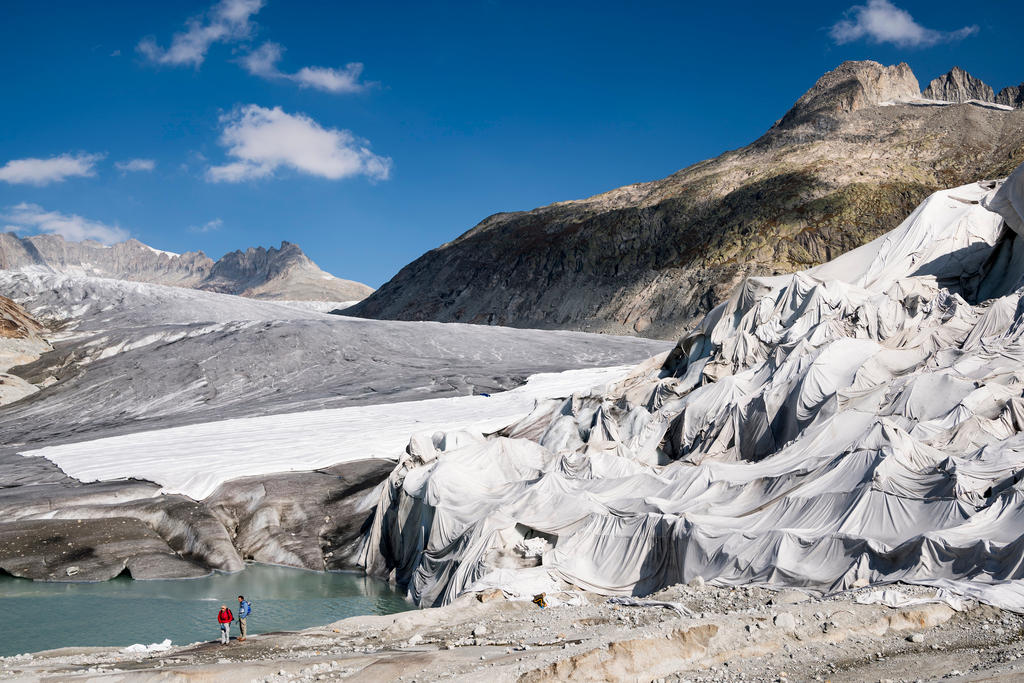
More
Swiss glaciers shrink further after extreme 2018 weather

In compliance with the JTI standards
More: SWI swissinfo.ch certified by the Journalism Trust Initiative

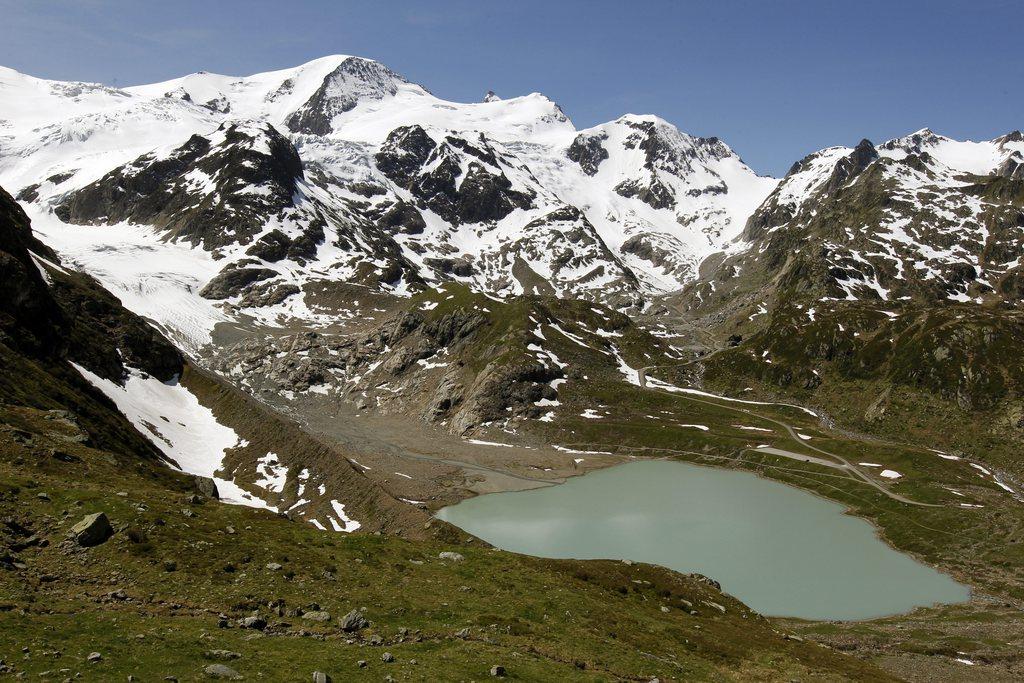
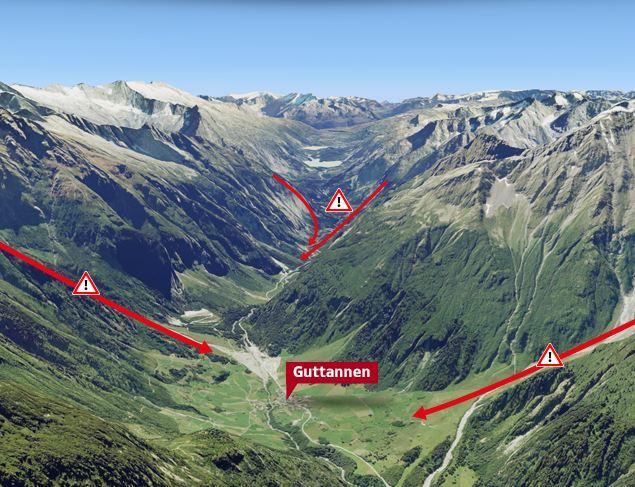
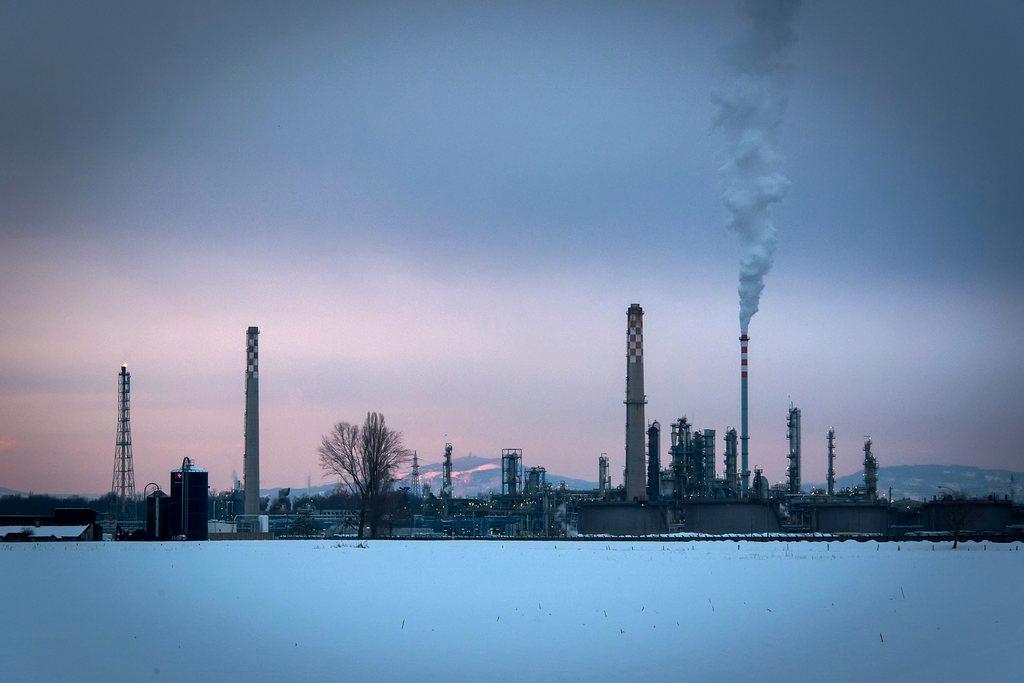
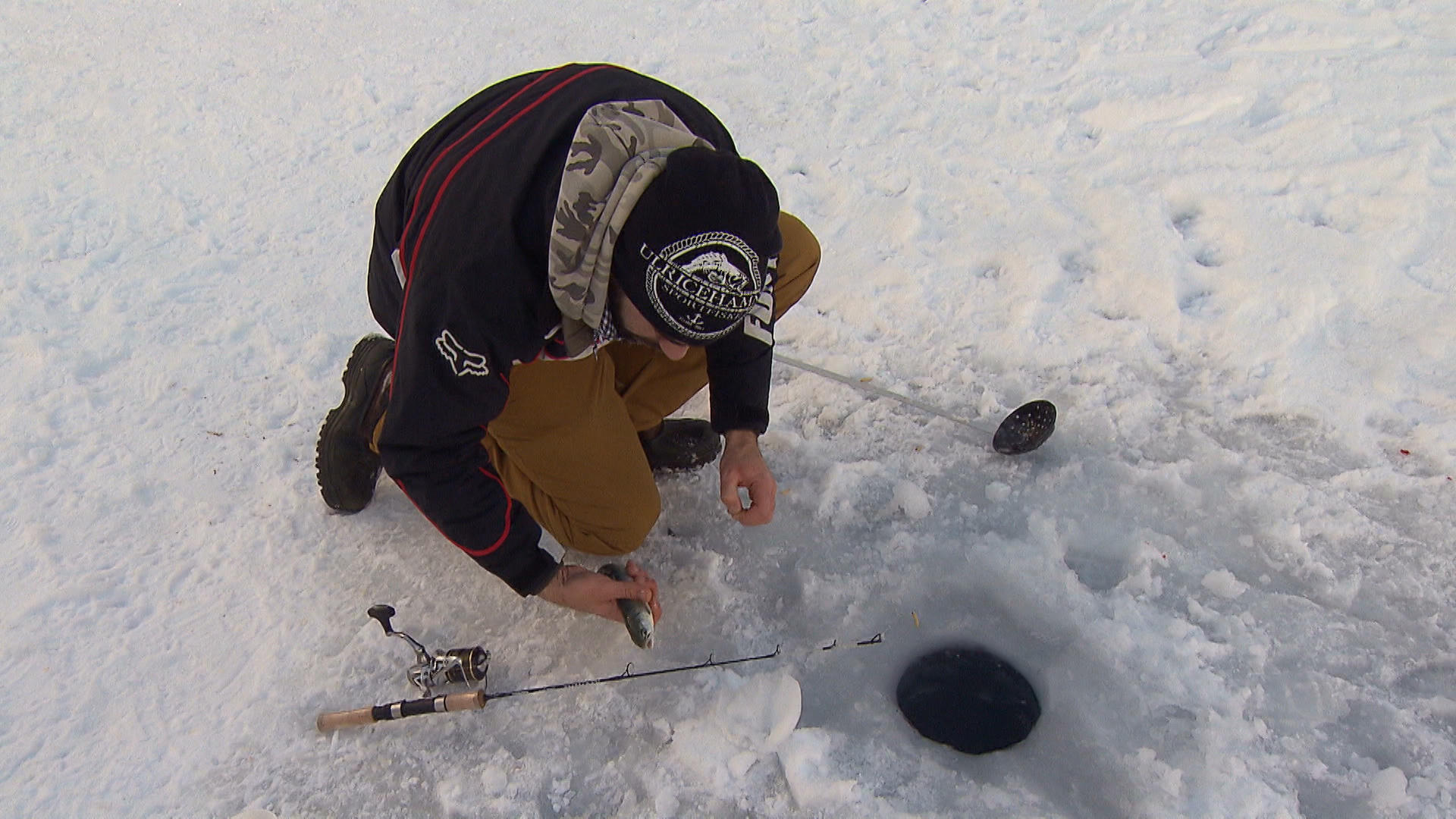
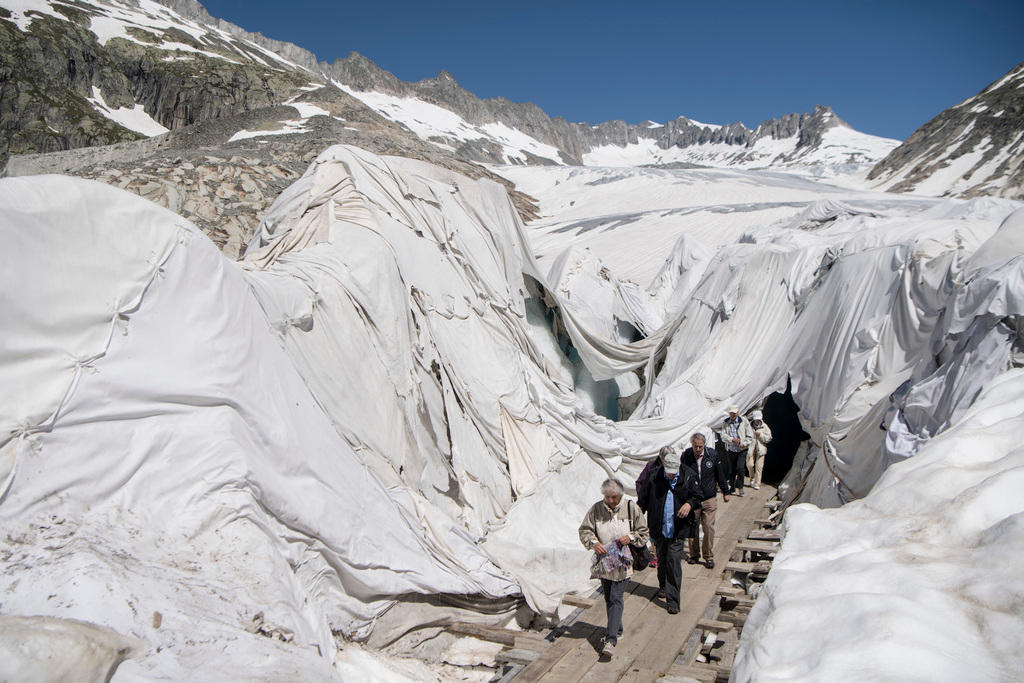

You can find an overview of ongoing debates with our journalists here. Please join us!
If you want to start a conversation about a topic raised in this article or want to report factual errors, email us at english@swissinfo.ch.